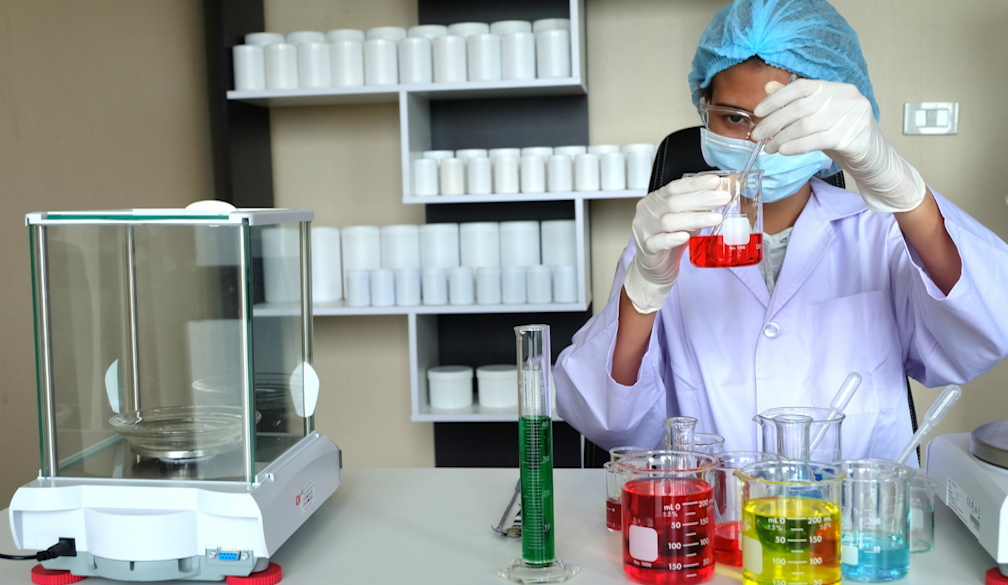Optimising PCR Efficiency: A Comprehensive Guide to Choosing and Using the Right Consumables

Polymerase Chain Reaction (PCR) has become a fundamental tool in molecular biology, playing a crucial role in DNA amplification for various applications, from genetic research to diagnostics. While the choice of PCR machine and primers is essential, often overlooked are the PCR consumables, which can significantly impact the overall efficiency and reliability of the PCR process. In this comprehensive guide, we'll explore the key factors to consider when selecting and using PCR consumables to optimise your experiments.
1. Choosing the Right PCR Tubes and Plates
Selecting the appropriate PCR tubes or plates is the first step in ensuring optimal PCR performance. Consider factors such as tube material, well design, and plate type. Thin-walled PCR tubes made from high-quality materials facilitate efficient heat transfer, ensuring rapid and uniform thermal cycling. Opt for plates with thin walls, low-profile designs, and tight sealing to minimise the risk of evaporation and contamination.
2. Quality Matters
The quality of PCR consumables can significantly impact the reliability of your results. Choose consumables from reputable suppliers with a track record of providing high-quality products. PCR tubes or plates manufactured under stringent quality control conditions help maintain consistency and reproducibility in your experiments, reducing the likelihood of experimental variability.
3. PCR Tube Cap Options
PCR tube caps play a crucial role in preventing sample evaporation, contamination, and maintaining thermal stability during cycling. Consider caps with a secure seal to prevent condensation, yet easy to open for efficient sample loading. Some caps are also designed to minimise evaporation and contamination risks, ensuring the integrity of your PCR reactions.
4. PCR Plate Sealing
Effective sealing is paramount to the success of a PCR experiment. Whether using adhesive seals, heat seals, or cap strips, choose sealing options compatible with your PCR machine and plate type. Proper sealing not only prevents contamination but also enhances thermal conductivity, contributing to the uniformity of temperature across the samples.
5. PCR Tubes with Attached Caps
For added convenience and reduced risk of contamination, consider PCR tubes with attached caps. These tubes eliminate the need for manual capping, reducing the potential for errors and enhancing the overall workflow efficiency, especially in high-throughput settings.
6. Compatibility with Real-Time PCR
If you're conducting real-time PCR experiments, ensure that your consumables are compatible with fluorescence detection. Transparent tubes or plates with minimal autofluorescence are essential for accurate signal detection, enhancing the sensitivity and reliability of your real-time PCR results.
7. Freezer Storage and Thawing Considerations
PCR consumables often need to be stored in freezers. Choose tubes or plates that can withstand repeated freezing and thawing cycles without compromising performance. This is particularly crucial when working with precious samples, as degradation due to freeze-thaw cycles can impact the quality of the extracted DNA or RNA.
8. Environmental Impact
As sustainability becomes a more significant concern, consider PCR consumables with eco-friendly options. Some suppliers offer PCR tubes and plates made from recyclable materials or with reduced plastic usage, contributing to a more sustainable laboratory practice.
In conclusion, optimising PCR efficiency goes beyond selecting the right machine and primers; it involves careful consideration of the consumables used in the process. Choosing high-quality PCR tubes, plates, and caps, along with ensuring compatibility with your experimental setup, will contribute to the success of your PCR experiments. By paying attention to these details, you can enhance the reliability, reproducibility, and overall efficiency of your PCR workflow.



